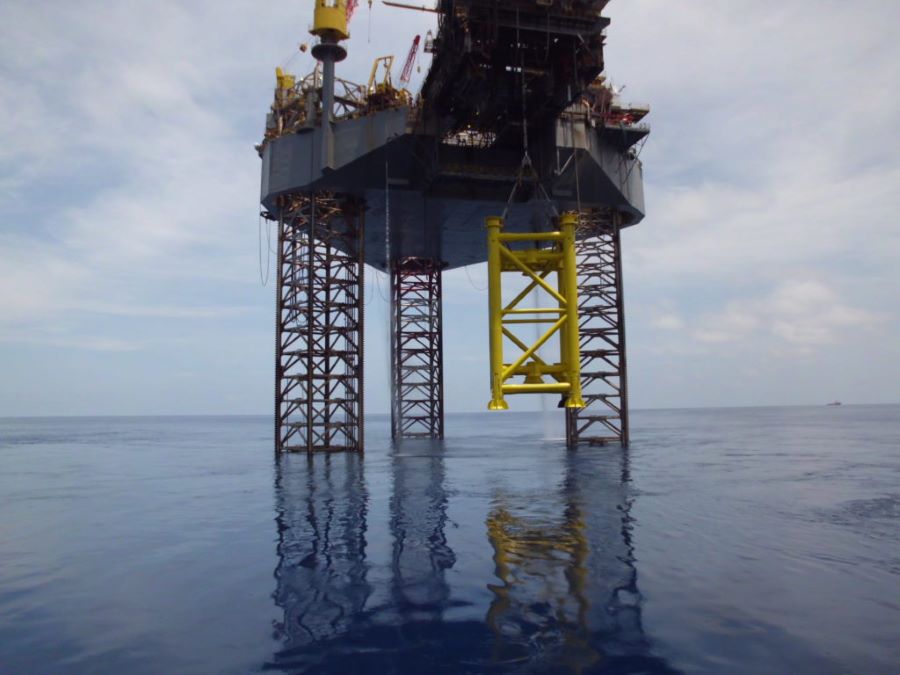
Offshore Engineering: Protecting Against Seismic Activity
In February 2017, we were asked to deliver a fast turnaround offshore engineering project for a Sea Swift platform, destined for the Iguana field, offshore Trinidad. The platform was intended for an extremely seismically active region. But that’s not the only time we’ve been asked to consider seismic activity when developing a conductor supported platform (CSP).
Working in a seismic area presents new challenges, putting crew at risk as well as the surrounding environment. At its worst, it could lead to platform collapse. Earthquakes can vary in magnitude. This means frequent, smaller quakes can build pressure on the platform, or a large one can create testing conditions for operations. However, some intelligent offshore engineering can reduce the risk of failures.
Explore the ground
Seismic activity often isn’t the only challenge an offshore platform can face. At the start of any project, you’ll want to know what you’re dealing with, but here it can matter more than ever with seismic activity presenting new challenges. Tectonic plate movements are known, but the how far, when and with what impact are harder to predict. By undertaking a proper assessment of the area, we are equipped with more information, including details like soil quality, to apply an appropriate offshore engineering solution.
In a recent project in Egypt, the whole fabrication plan was changed due to what was happening under the surface. Poor soil quality in a seismic area moved us away from a CSP to a jacket style platform structure.
Be robust
Extensive groundwork exploration is the first step in being prepared for drilling in earthquake zones, but you also need to make sure your platform is robust. One way to do this is to have the platform designed with three additional skirt piles in addition to three load bearing conductors to maintain its integrity during any earthquake scenario. That was the approach we took in Trinidad, but no two developments are the same. Individual requirements for each site should be evaluated and offshore engineering solutions implemented based on the specifics of that site. The priority needs to be developing a platform robust enough to withstand the challenges the area may throw at it.
Be efficient
Tectonic plates are constantly moving. While these movements can be small and mapped, the longer your asset takes from concept and design to installation, changes occur to the groundwork. Speed shouldn’t be a substitute for integrity but making the fabrication process efficient can help to mitigate seismic movements disrupting rig placement. In the Trinidad example, the platform was installed exactly 10 months after the purchase order was received. This provided the operator with a quicker route to first gas and less chance for seismic disruption to impact the offshore engineering.
With the ground moving up to a couple of centimetres a year every millimetre of the platform matters. Every project needs a complete solution that fits within set parameters, but in a tricky environment, like a seismic one, expert offshore engineering is essential.
Get in touch to find out how we can help you with your next field development project.